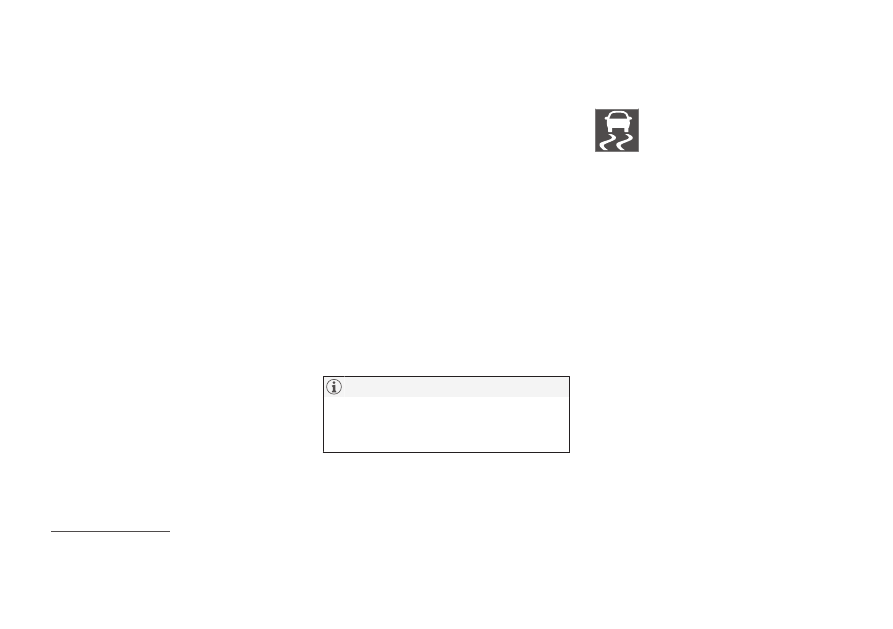Volvo V60 Twin Engine (2018 year). Instruction - part 19

STARTING AND DRIVING
318
Trailer Stability Assist - TSA
19
The trailer stability assist TSA (Trailer Stability
Assist) function is designed to stabilise the car
and trailer combination if it begins to snake.
TSA- the function is included in the stability sys-
tem (p. 190) ESC
20
.
Function
The snaking phenomenon can occur with any
car/trailer combination. Snaking normally occurs
at high speeds. But, there is a risk of it occurring
at lower speeds if the trailer is overloaded or the
load is improperly distributed, e.g. too far back.
In order for snaking to occur, there must be a
triggering factor, e.g.:
•
Car with trailer subjected to a sudden and
powerful side wind.
•
Car with trailer drives on an uneven road sur-
face or in a pothole.
•
Sweeping steering wheel movements.
Operation
If snaking has started, it could be difficult or even
impossible to suppress. This makes the car/
trailer combination difficult to control and there is
a risk that you could, for example, end up in the
wrong lane or leave the carriageway.
The trailer stability assist function continually
monitors car movements, particularly lateral
movements. If snaking is detected, the front
wheels are individually braked. This serves to sta-
bilise the car/trailer combination. This is often
enough to help the driver regain control of the
car.
If snaking is not eliminated the first time the TSA
system comes into action, the car/trailer combi-
nation is braked with all wheels and engine
power is reduced. Once snaking has been gradu-
ally suppressed and the car/trailer combination is
stable once again, the system stops regulating
and the driver once again has full control of the
car. For more information, see Electronic stability
control (ESC) - operation (p. 191).
Miscellaneous
Engagement of TSA may take place at higher
speeds.
TSA function is switched off if the driver
selects
Sport
mode, see Electronic stability
control (ESC) - general (p. 190).
TSA may fail to engage if the driver uses sudden
steering wheel movements to try to rectify the
snaking because, in such a situation, the system
cannot determine whether it is the trailer or the
driver that is causing the snaking.
The ESC
20
symbol in the combined
instrument panel flashes when the TSA
system is working.
Related information
•
Electronic stability control (ESC) - general
(p. 190)
19
Included in the installation of Volvo genuine towbar.
20
(Electronic Stability Control) - Electronic stability control.